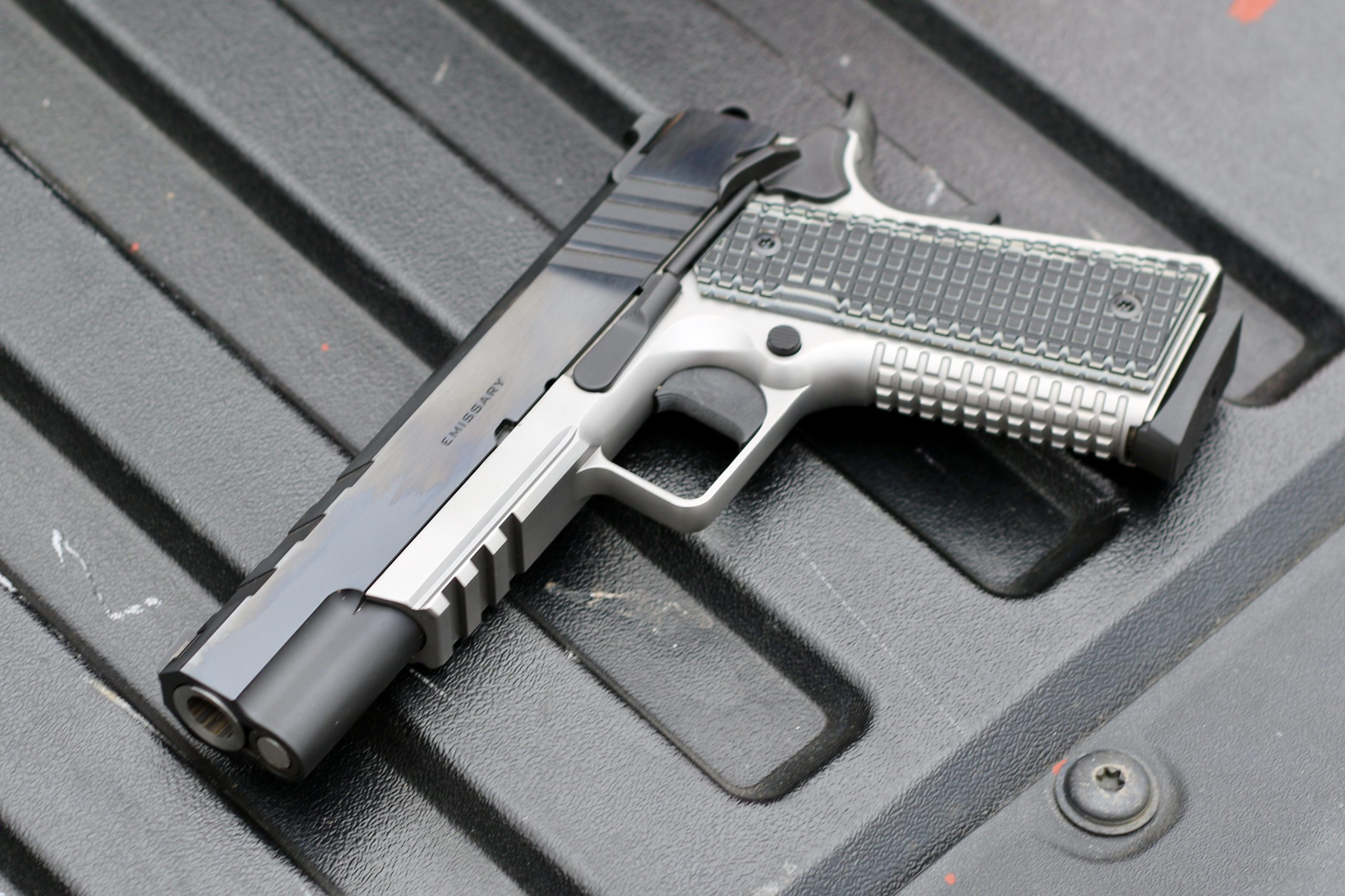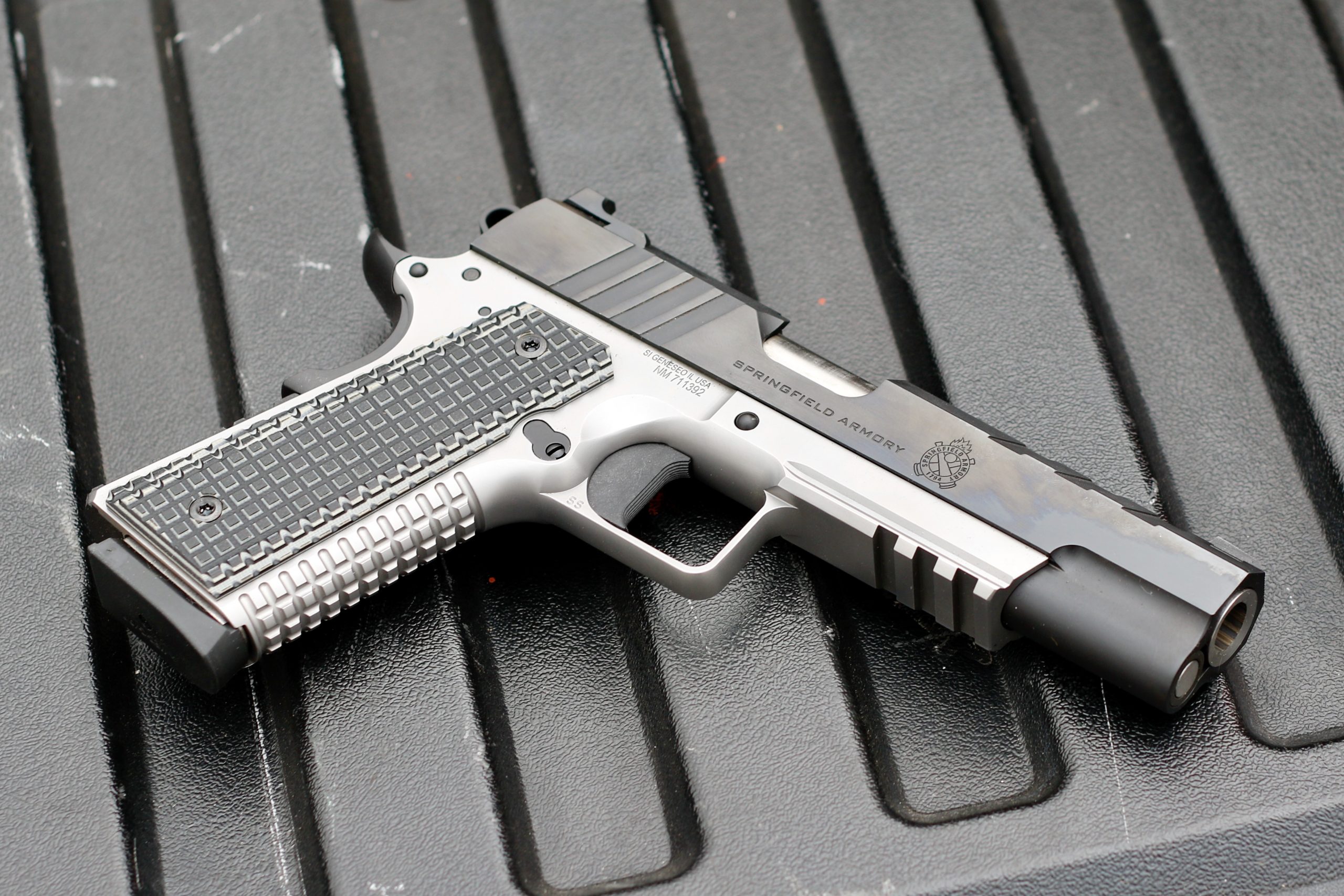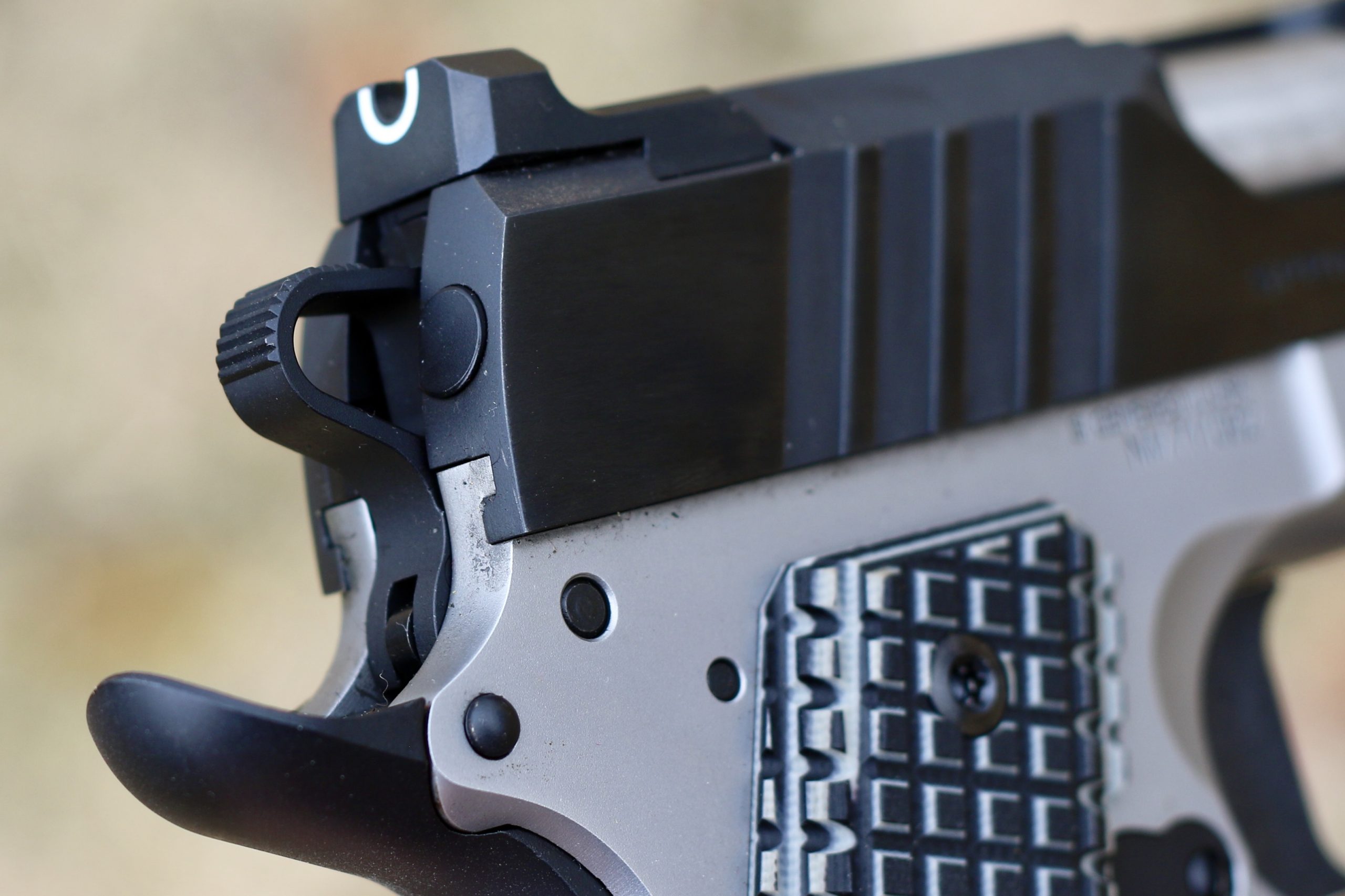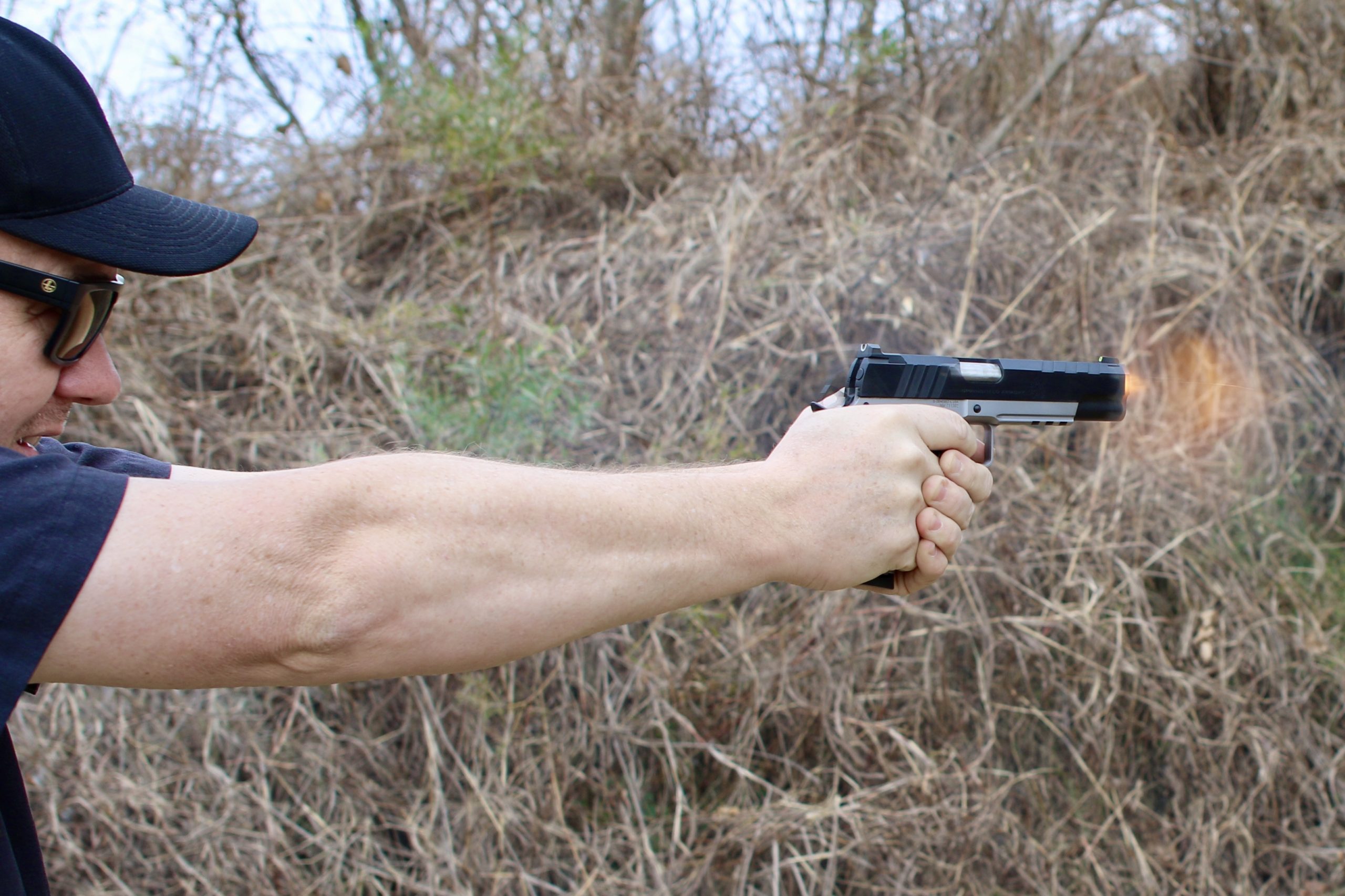Springfield Armory takes 1911s seriously. The company has an odd catalog of guns—some polymer-framed handguns, a growing group of black rifles, and then there are the two really focused categories: the M1As and their 1911s. The Springfield Emissary fits squarely in with the 1911s, obviously, but its unique redesign takes liberties with the classic design and pushes the platform in a completely new direction.

What is an Emissary, exactly? The term typically denotes a person, most often of diplomatic persuasion, sent on a specific mission. Springfield Armory’s Emissary is certainly political, as all guns are, and it is a gun on a mission—one that a lot of other guns tease, but rarely fully embrace: changing the lines of the 1911. Springfield is taking huge strides in modernizing the old single-action’s looks.

What does this new look do for the design?
Take a look at the slide. The Art Deco lines of the classic John Moses Browning design are missing. The convex radius on the top of the slide is gone and three flat cuts give it a new look—what Springfield calls the Tri-Top cut. The slide, though is just the beginning.

Art Deco, a movement that had been building in the first decade of the 20th century, is defined by geometry, repeating patterns, and the graceful movement of curved lines. It was an art movement that embodied the industrial revolution—the movement away from the natural idiomatic motifs of the Romantic period. Art Deco, even when natural elements are invoked, has an overlay of highly intentional and stylized order.
In other words, it is about intentional control. Nature is chaos, but man triumphs over that chaos. And this is clearly evident in the exceptional lines of pistols of the time. Look at the 1911, or what would evolve into the 92FS (yes, the iconic slide-cut of the Beretta grew out of this same era). Look at later examples like the Mausers, the Lugers, and the PPK.

How does it shoot?
I picked up the Emissary knowing full well that I’m a devoted Springfield Armory fanboy. I am a perpetual student of the 1911, and Springfield does 1911s well—across a wide swath of the economic breakdown.

If you’re looking for an entry-level single-action, the Mil-Spec is a great place to start. There are less expensive 1911s, but this one is a solid value in a somewhat historically accurate model.
I’ve got a TRP that represents the middle to high end. The attention to detail on the TRP is on par with that of any other production maker.

If you want to spend more, there’s always Nighthawk, Cabot, Les Baer, Wilson Combat, Guncrafter, Ed Brown… a long list of really top-notch 1911s. You’d expect that the more you pay, the more reliable the gun might be, but I’ve found price to be more reflective of scarcity, finish options, and odd-ball materials than performance.

The Emissary, though, provides solid performance and a bold new look, without the custom price tag. The MSRP is $1,349. While that’s hardly bargain-basement, it buys some serious upgrades.
As far as shooting goes, I’d begin with the bull barrel. The Emissary weighs in at 40 ounces. The bull barrel handles heat well and adds some weight that helps hold down muzzle flip.

I found that the gun performs very much like other 1911s I’ve shot. I have a Springfield Range Officer in .45, and the performance is very similar.
A difficult Emissary to carry?
The most important element of this change is the difficulty you may have holstering the Emissary. The gun will fit in some leather holsters. A thinner leather is more likely to work. Kydex is right out—assuming that Kydex is molded for a 1911.
There are two—maybe three major points of departure. The Emissary is railed, so there’s that, but that’s not as unique as it once was in this design.

The big hang-up for form-fitting holsters is likely to be the Tri-Top slide. This is easy enough to jam into a leather holster, as leather has a bit of give—even really thick vegetable tans. Put the Emissary in the holster, work it in and out, and leave it in the holster. It will adapt to the shape of the slide.

You will need to get it worked in well, though, or you will push the Emissary out of battery when your holster grips the slide. Those weight-relief cuts can catch in leather that’s too tight.
The trigger guard, though, has a corner. The rounded edge is far more angular. This may bottom out in a holster cut for the more rounded trigger guard of a traditional 1911.

The last spot, and one I’ve yet to have difficulty with, is the redesigned angle just behind the muzzle. There’s more mass here than there is on some 1911s.

Solutions exist, though. DeSantis, WeThePeople, Vedder… More and more companies are providing options. It remains easier to holster a naked Emissary, though, than one with a light.
Other accessory options?
Well, that light is always helpful. If you intend to carry a gun, it should have a light.

And you’ll need some mags. Springfield includes two 8-round mags with the .45 ACPs. The 9mm versions come with two 9-round mags. These are solid options with nice bumpers. But any of the 1911 mags will work.
Final Thoughts
While I’m a sucker for a historical gun, I also like the wild new directions some companies go with their historical homages. After years of waffling and hands-on training, I am not carrying a 1911 as much as I once did. But designs like this make me second-guess those feelings.

The Springfield Emissary has enough about it that’s new that it warrants a close look for any fan of the platform. I have the feeling that the new lines are going to turn some die-hard fans off, but so be it. Change is like that.


